

Discover more from Frederick R. Smith Speaks
First Flight 1793 and the Finest Part 6 - Appendix
Celebrating the First Air Voyage in America
Every day starts with a sunrise; it’s what we do before it sets that matters.
K. Mcgraw
Part 6 - Appendix
Chronology
1783 4th June
The first public demonstration of the hot-air balloon by the Montgolfier brothers at Annonay, France
1783 21st November
The Marquis d’Arlandes and Pilâtre de Rozier take part in the first manned voyage in a Montgolfier hot-air balloon
1783 1st December
Jacques Charles and Nicolas-Louis Robert make the first manned ascent in a hydrogen balloon
1784 4th June
Madame Thible becomes the first female to ascend in a balloon alongside Mr. Fleurant on ‘The Gustave’, at Lyon, France
1784 15th September
Vincenzo Lunardi becomes the first aeronaut to ascend in England
1785 7th January
The first balloon crossing of the English Channel by Jean-Pierre Blanchard and Dr. John Jefferies
1785 15th June
The first fatal aviation disaster. Pilâtre de Rozier and Pierre Romain die while attempting to cross the English Channel from east to west
1793 9th January
Blanchard makes the first aerial voyage in the United States of America
General Stephen Moylan Background
Marriage
In July 1778, the forty-one-year-old Moylan (an Irish bachelor marrying late) found time while wintering in Middlebrook, New Jersey, to court a much younger Mary Ricketts Van Horne, daughter of a colonel of New Jersey militia. Miss Van Horne was quite taken with Moylan’s geniality, robust presence, polished manners, and dragoon’s uniform of a bright green coat, red vest, brown buckskin breeches, shiny black boots, and bearskin hat. All five daughters of Colonel Philip Van Horne found American husbands that winter, according to local lore. A wealthy eccentric in his early sixties, Colonel Van Horne held his militia title from the Royalist era. As far as the Revolution was concerned, Van Horne took no side in the matter and entertained ranking officers of whatever troops happened to be passing through the neighborhood. Somehow, he was allowed to exercise this neutrality, which others of his advanced age must have shared, although Washington thoroughly distrusted this colorful survivor from another era who entertained American and British officers indiscriminately.1
Mary Ricketts Van Horn Moylan apparently died in 1794. We know this from a letter that Martha Washington wrote a relative on March 9, 1794, in which she mentioned Mrs. Moylan’s death, “pore Mrs. Moylan (who you have seen out at mount vernon some years agoe) is dead with in this week—and has left two little girls to lement her loss.” See Fields, Worthy Partner: The Papers of Martha Washington, 261. The Moylans were guests at Mount Vernon in 1785.2
Brothers
Despite his other accomplishments during the Revolution, Stephen Moylan is best remembered as the man who commanded the intrepid 4th Continental Light Dragoons, forever etched in history as Moylan’s Horse. Several of Stephen Moylan’s brothers—James, John, and a half-brother named Jasper—were also active in the American cause during the war. Stephen’s brother James went to France early in the war, and his commercial firm was named the American prize agents in the French port of L’Orient. James was responsible for refitting and improving the Continental Navy sloop Ranger commanded by John Paul Jones and the frigate Alliance commanded first by Pierre Landais and later by John Barry. James obtained the old French merchant ship Duc de Duras in 1778 and remodeled her as a warship for John Paul Jones. Renamed the Bonne Homme Richard and armed with forty guns, she is probably the best-known American warship of the Revolutionary War. On March 22, 1781, Stephen Moylan wrote General Washington, “My brother James has sent you a case of claret. He prays your Excellency would pardon the liberty and accept it as a small mark of veneration he had for your exalted character.” The other brother, John, was appointed clothier-general of the Continental Army in 1781. Stephen’s half-brother Jasper was an ensign in the Philadelphia militia.3
Obituary
On April 13, 1811, General Moylan died. He was buried the next day. The American Daily Advertiser of Tuesday, April 16, 1811, had this obituary:
“Died on Saturday morning last, in the 74th year of his age, after a lingering illness, General Stephen Moylan of this City, Commissioner of Loans for the City of Philadelphia. He served with distinction in the American army during the whole of the Revolutionary War, and few of his illustrious associates enjoyed a larger share of the favor and friendship’ of the Commander-in-Chief, than which a more decisive proof could not be adduced of the elevation of his character and the merit of his services. General Moylan displayed, uniformly, in his domestic and social relations those virtues of the heart which shed most lustre and happiness over private life. The singular tenderness of his nature, the active benevolence of his feelings, the candour and uprightness and generosity of his disposition, the mildness and urbanity of his manners, attached to him by the strongest ties of affection and respect not only the members of his own family but all those who formed the numerous circle of his friends. His remains were on Sunday interred in the burial ground of the Catholic Church of St. Mary’s, and attended by his brethren of the Cincinnati and the body of his private relatives and particular acquaintances.”4
General Moylan’s death has heretofore been stated as of April 11th, and such is the record at the Treasury Department in Washington. But by the Advertiser’s obituary, it will be seen that “Saturday last” was April 13th.5
First Flight Anniversaries
175th Anniversary
On January 9, 1968. Francis Shields, President of the Balloon Club of America, and Peter Pellegrino, first president of the Balloon Federation of America (BFA), reenacted the First Air Voyage in America. They piloted La Coquette, the balloon used in the film, Around the World in Eighty Days, to commemorate the 175th anniversary of Jean-Pier re Blanchard’s historic first flight in America. Local dignitaries, the Penn Town Historical Society, and a press corps of about 50 photographers looked on while the Police and Fireman’s Band played. Launching at 12:20 PM from Front and Walnut Streets in Philadelphia, near the site of the first ascent, these Pennsylvania pilots flew in the bone-chilling cold 2,300 feet, landing at 1:36 PM in a snowy field within a Delanco, New Jersey sanitary landfill. Souvenirs and credentials from the Mayor of Philadelphia were presented to the first person they encountered. Curious local residents gathered, and one family hosted an impromptu party for the pilots and crew. The balloonists returned to a gala testimonial dinner in Philadelphia later that evening sponsored by the AeroClub of Pennsylvania, where they were toasted long and loud. A photo of the launch of this flight became the first cover photo for the Balloon Federation of America’s inaugural issue of Ballooning Journal Spring, 1968.6
200th Anniversary (January 7-10, 1993)
For the first time since the 1970s, some 200 delegates attended a BFA Convention in conjunction with First Air Voyage in America (FAVIA) 200. In addition to BFA meetings and a trade show, eleven’ lectures and discussions’ were presented by what has been described as a ‘veritable Who’s Who in modern ballooning’ including Don Cameron, Per Lindstrand, Tim Forbes, Richard Abruzzo, Troy Bradley, and Ed Yost. Attendees included distinguished luminaries such as Peter Pellegrino and Tony Fairbanks. The bicentennial celebration featured a Lamplighter Extravaganza glow on the Benjamin franklin Parkway, with the Philadelphia Museum of Art and the famous ‘Rocky Steps’ serving as a backdrop. Though weather foiled a reenactment flight, the newly constructed FAVIA basket was on display. A highlight of the festivities was the Gala Colonial/Black Tie Bicentennial Ball transporting 300 attendees back to the 18th century with powdered wigs, three-cornered hats, and conversations with the likes of George and Martha Washington, Thomas Jefferson, and Benjamin Franklin. The featured speaker was Apollo 13Commander James Lovell, and the Lifetime Achievement in Ballooning Award was presented posthumously to Malcom Forbes. Throughout the weekend, in addition to the weather, many conversations focused on the upcoming National Football League playoff between the Philadelphia Eagles and Dallas Cowboys.7
225th Anniversary (March 21-25, 2018)
Philadelphia’s skyline and the sport of Ballooning have seen big changes over the past 25 years! With more than 400 strong, the 225th-anniversary celebration of the First Air Voyage in America features what has now become a triennial BFA Convention. The FAVIA 225/2018 BFA Convention hosts a BFA sanctioned Continuing Education Seminar of32 sessions with a strong focus on safety, again featuring a Who’s Who’ in Ballooning. A special Future Fliers program is offered for 13-18-year-olds and Philadelphia school children who participated in a First Air Voyage in America art contest. Montgolfier Diploma Award winner recognition, a Pioneers Dinner, and a ground school have been built into the event. Time will tell if the reenactment flight and glow overcome helium shortages and weather challenges. [the weather did not cooperate] A reception Friday evening will be hosted by Gold Sponsor, Sugar House Casino, at their new riverfront hot spot. Sir David Hempleman-Adams is the featured speaker at the Grand Ball Gala, with Black Tie no longer required! And in 2018, newly crowned Super Bowl Champions, The Philadelphia Eagles, are the talk of the town! Fly, Eagles, Fly.8
The FAVIA Basket
The basket was designed and built by Bert Padelt, owner of Best Aviation Services of Bally, Pennsylvania. This basket was built for the FAVIA bicentennial celebration in 1993; however, due to poor weather, the reenactment flight never took place during the event [same for the 225th]. Since then, the basket was donated to The New England Air Museum in Windsor Locks, Connecticut where it has been on display for the past 25 years. The FAVIA basket, graciously on loan from The New England Air Museum, will be on display throughout the FAVIA 225/2018 BFA Convention. In 1993, Padelt was quoted as saying, “The original basket no longer exists, therefore, I had to study the drawings from the artists who were there. The problem is that because the artists chose to use their artistic license, none of the drawings were quite the same.” Padelt chose to use his own artistic license to design a basket that would be safe to fly, yet still have the graceful lines and beauty of the basket Blanchard flew in 1793-Now, 25 years after the first FAVIA celebration, this basket will stand ready to accomplish the reenactment flight of Blanchard’s first flight in America.9
The Best of First and Finest
Sources
Online
America’s First Flight - StratoCat
A Happy Landing for America’s First Hot-Air Balloon Flight - New Jersey Monthly
Colonel Stephen Moylan 2nd Quartermaster School Commandant
June 1776 to September 1776 - U.S. Army Quartermaster Corps
Deptford Township municipal mural brings the historical moment to life - The Sun Newspapers
Encyclopedia Britannica (various references)
First In America’s Skys - HISTORYNET
First in Flight: Deptford celebrates its place in aviation history - Sun Newspapers
George Washington and Ballooning - George Washington’s Mt. Vernon
History of Deptford, NJ - Pure History
Jean-Pierre-François Blanchard - Encyclopedia.com
Jean Pierre Blanchard - National Air and Space Museum
Jean-Pierre François Blanchard - FÉDÉRATION AÉRONAUTIQUE
INTERNATIONALE Ballooning Commission
Milestones: First Flight in America - Aircraft Owners and Pilots Association
The Rampant Ambition Of Blanchard The Balloonist, From Petit Andelys - Normandy Then and Now, October 2017
Scrapbook of Early Aeronautica - Smithsonian Institution
Sophie Blanchard, The High Flying Frenchwoman Who Revealed the Thrill and Danger of Ballooning - Smithsonian Magazine
Stephen Moylan - George Washington’s Mount Vernon
Washington Township High grad introduced joy of flying to Gloucester County residents - NJ.COM
Printed Material
A Leap in the Dark: The Struggle to Create the American Republic - John Ferling, 558 pages, Oxford University Press, 2003
Aeronautics in the Young Republic - Proceedings of the American Philosophical Society Vol. 98, No. 2 (Apr. 15, 1954), pp. 131-138 [digitized at https://www.jstor.org]
Bicentennial Celebration First Air Voyage In America January 7-10, 1993 | FAVIA 200, 36 pages
Continental Achievement: Roman Catholics in the United States - Revolution and the Early Republic - Kven Starr, 330 pages, Ignatius Press, September 2020
The Early History of Ballooning: The Age of the Aeronaut - Fraser Simons, 184 pages, Macha Press, October 2014
Falling Upwards: How We Took to the Air - Richard Holmes, 441 pages, Vintage, October 2013
FAVIA 225 March 22-25, 2018 | Philadelphia, FAVIA 225 & Ballon Federation of America, 40 pages
First Air Voyage in America - 96 pages, Penn Mutual Insurance Company January 1993
Encyclopedia of the American Revolution - Mark M. Boatner III, 1392 pages, Stackpole Books, August 1994 (reprint of 1966 original)
George Washington's Indispensable Men: Alexander Hamilton, Tench Tilghman, and the Aides-de-Camp Who Helped Win American Independence - Arthur Lefkowitz, 430 pages, Stackpole Books, September 2018
John Adams, David McCullough, 752 pages, Simon & Schuster, May 2001
Journal of my forty-fifth ascension, being the first performed in America, on the ninth of January, 1793 - Blanchard, Jean-Pierre, 1753-1809 (online copy of 1918 reprint)
Let us Shine the Light - Mia Forbes, 63 pages, Gloucester County New Jersey, 2017
The Moylans in the Revolution - The American Catholic Historical Researches
New Series, Vol. 5, No. 2 (APRIL, 1909), pp. 236-238 [digitized at https://www.jstor.org]
Phaeton in Philadelphia: Jean Pierre Blanchard and the First Balloon Ascension in America, 1793 - The Pennsylvania Magazine of History and Biography Vol. 67, No. 1 (Jan. 1943), pp. 49-60 [digitized at https://www.jstor.org]
Selections from the Correspondence of Col. Stephen Moylan, of the Continental Cavalry - The Pennsylvania Magazine of History and Biography
Vol. 37, No. 3 (1913), pp. 341-360 [digitized at https://www.jstor.org]
Stephen Moylan (a history) - Martin I. J. Griffin, 140 pages, American Catholic Historical Society, April 1909, Muster-Master General, Secretary and Aide-de-Camp to Washington, Quartermaster General, Colonel of 4th Pennsylvania [digitized at https://www.jstor.org]
Stephen Moylan in the American Revolution (Studies) - An Irish Quarterly Review
Vol. 19, No. 75 (Sep. 1930), pp. 481-486 [digitized at https://www.jstor.org]
Author and publisher, Frederick R. Smith
Quote from Starr, Kevin. Continental Achievement: Roman Catholics in the United States - Revolution and Early Republic (p. 211). Ignatius Press. Kindle Edition.
Quote from Lefkowitz, Arthur S.. George Washington's Indispensable Men (p. 377). Stackpole Books. Kindle Edition.
Ibid. (pp. 253-254)
Quote from Martin I. J. Griffin. Stephen Moylan (a history)
Ibid.
Quote from FAVIA 225 March 22-25, 2018 | Philadelphia, FAVIA 225 & Ballon Federation of America. Cite, page 29.
Ibid. page 29
Ibid. page 29
Ibid. page 13
Subscribe to Frederick R. Smith Speaks
The Frederick R. Smith blog is the ramblings of an uncommon man in a post-modern world. As a master of few topics, your author desires to give readers a sense of the thoughts of a senior citizen who lived most of his life before the new normal.





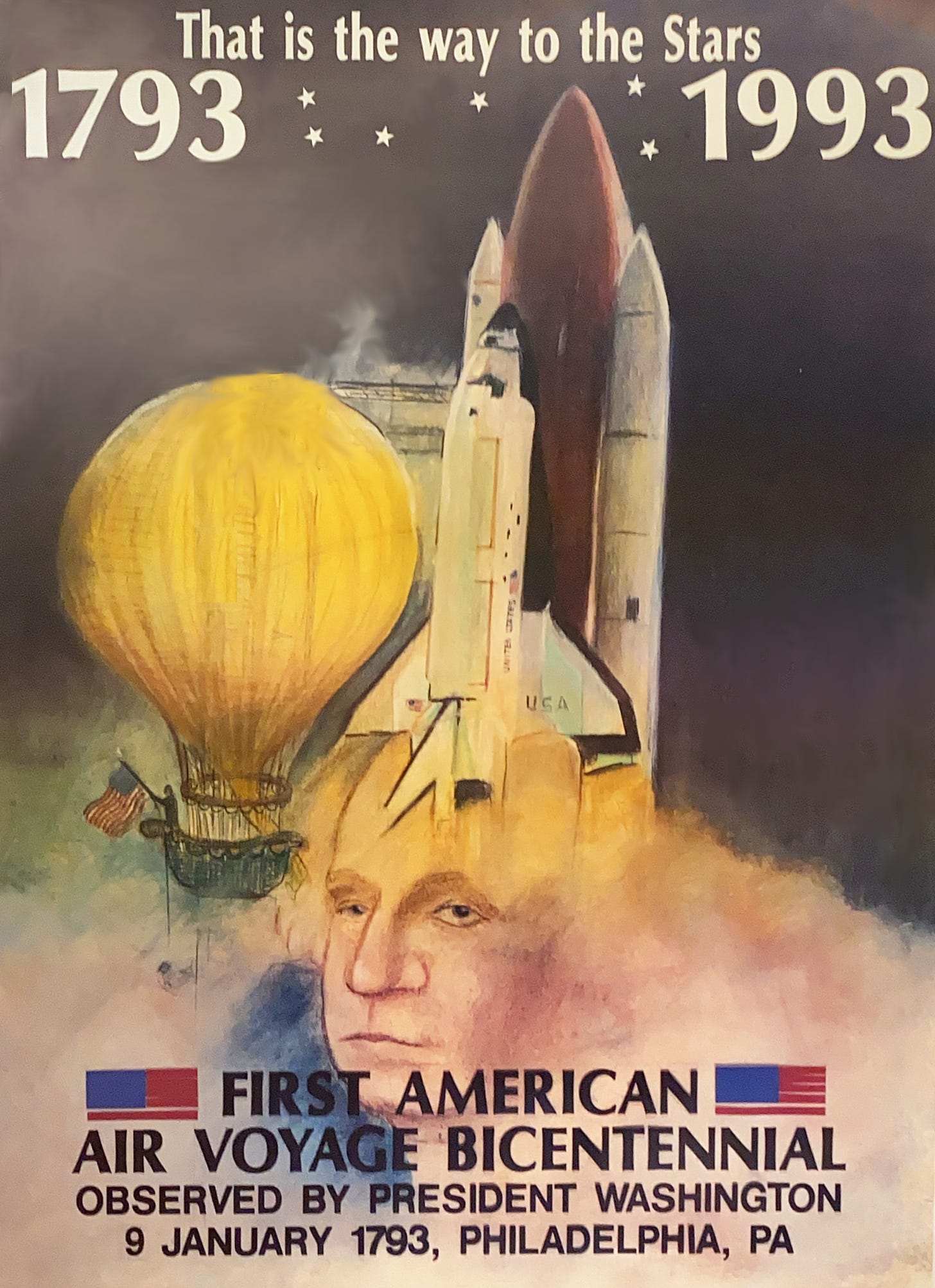
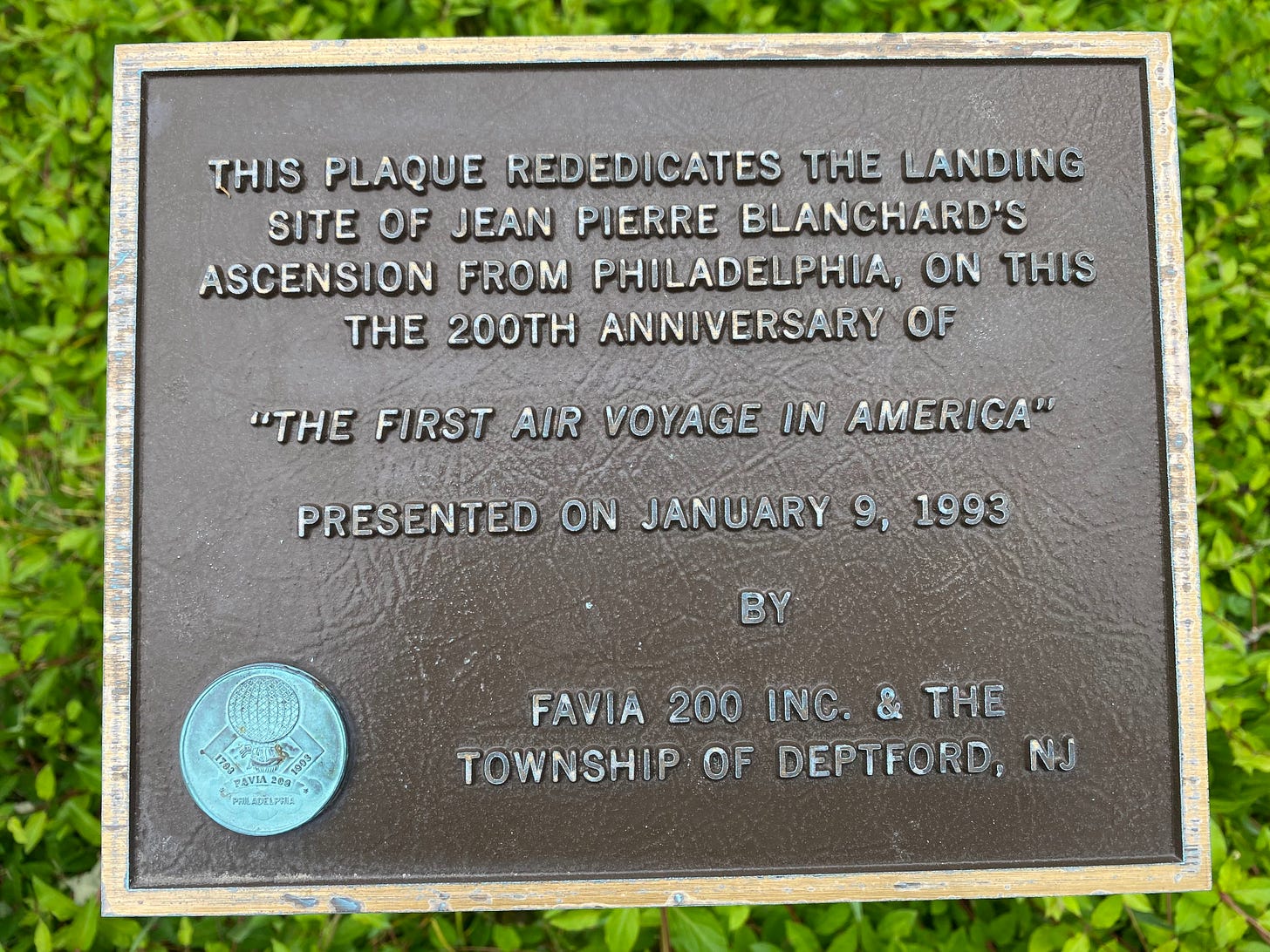
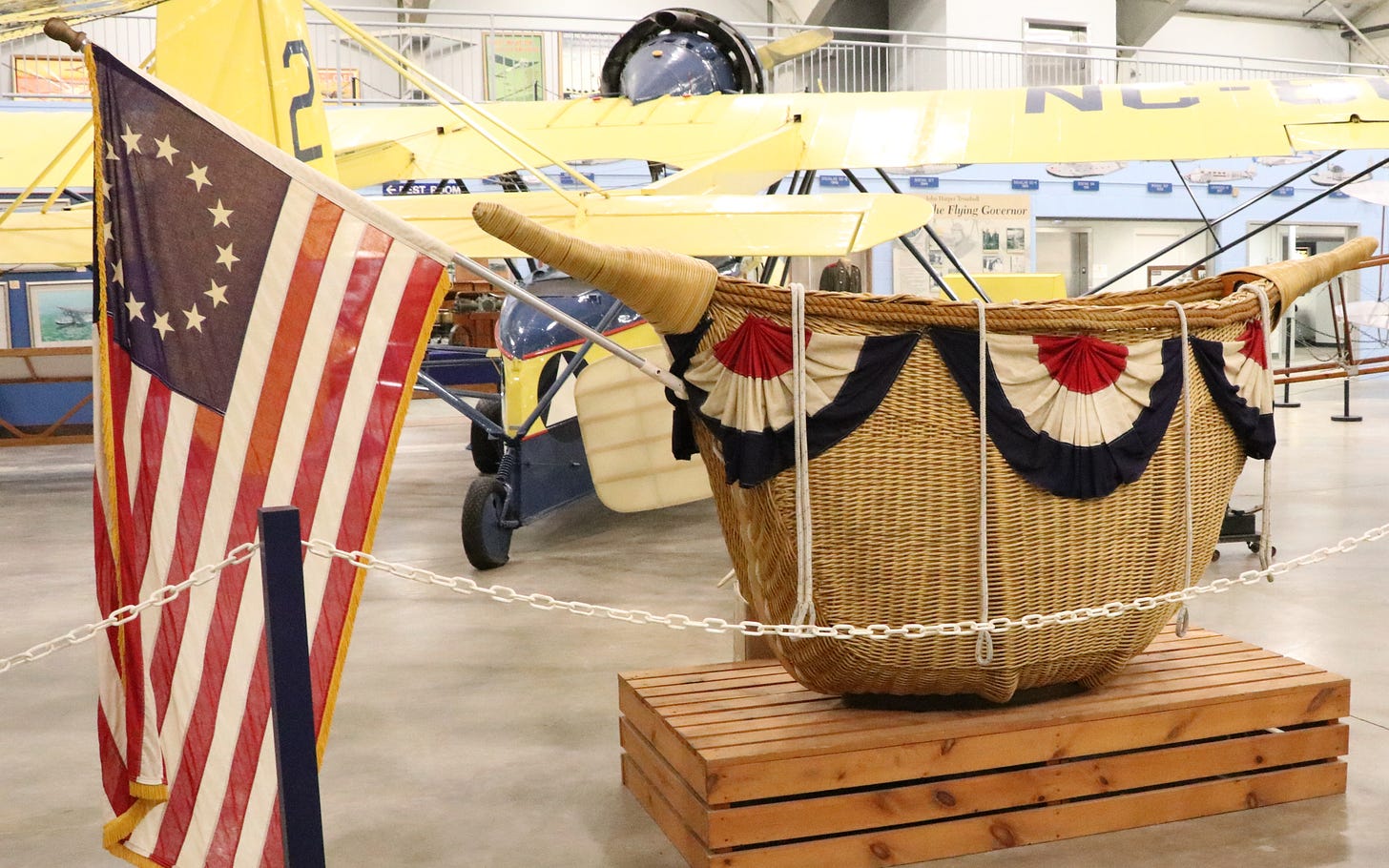





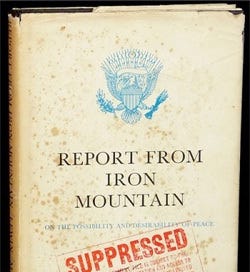

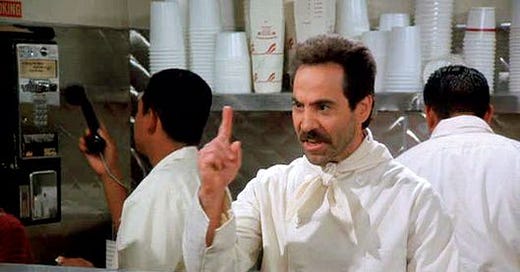

Congratulations, a very impressive series.
Thank you for posting it here!